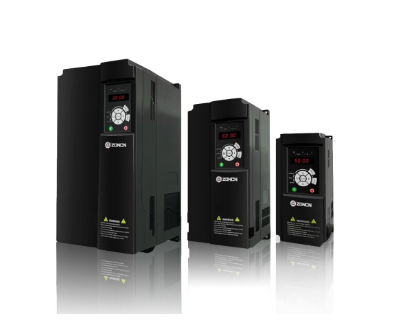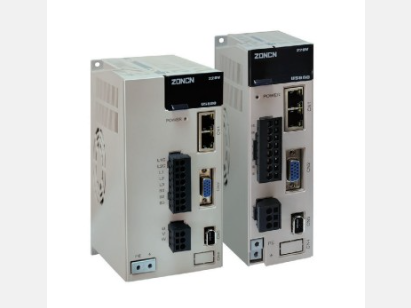We all know that the three-phase stator winding of the motor flows through the current to generate a rotating magnetic field. According to the principle of magnetic induction, the motor shell will generate an induced electromotive force. The magnitude of this electromotive force depends on the switching frequency of the frequency converter IGBT. Since high-performance control requires a high switching frequency, its switching speed is very fast, then DV/DT is too large, and at the same time, this induced electromotive force is too large, and people feel electric shock when they touch it. In theory, the faster the switching speed of the IGBT, the higher the induced electromotive force on the motor shell, and the higher the control accuracy and response of the frequency converter to the motor, the higher the feeling of being shocked after touching it. On the contrary, the switching frequency of the IGBT is slow, the induced electricity is small, and the feeling of touching it is small. Therefore, some low-end frequency converters are designed with low switching frequencies, and the induced electricity is small after controlling the motor, so people don’t feel much when touching it, but their controllability is poor and the dynamic response is slow.
As asynchronous motors run, there will be induced voltage (so-called leakage) on the motor housing. Therefore, motor manufacturers install grounding terminals in the motor junction box when the motor leaves the factory, so that users can connect to the ground to eliminate the induced electromotive force (i.e., eliminate the induced leakage voltage) when using it, so as to solve the feeling of being electrocuted when the human body touches the motor.
The inverter outputs high-frequency square wave voltage. Since there is an equivalent capacitor between the internal coil of the motor and the motor housing, leakage current is generated. If it is not grounded or the grounding is poor, there will be leakage.
There are also some other situations that can cause leakage accidents:
Insulation damage: If the insulation system inside the inverter is damaged or aged, it may cause the insulation between the internal circuit and the external metal shell to decrease, resulting in leakage problems.
Grounding fault: If there is a problem with the inverter’s grounding system, such as a broken grounding wire or poor grounding wire contact, the shell may be charged, causing leakage problems.
Component aging: The electronic components inside the inverter, such as capacitors, resistors, etc., may age or damage as the use time increases, causing leakage problems.
Humid environment: If the inverter is in a humid environment for a long time, it may cause moisture and reduced insulation in the internal circuit, thereby increasing the risk of leakage.
Improper installation: If the inverter is installed improperly, such as loose cable connections, incorrect wiring, etc., it may cause poor circuit connections, which in turn cause leakage problems.
Overload or short circuit: If the inverter is in an overload or short circuit state for a long time, it may cause damage to internal components or excessive heat, increasing the risk of leakage.
External interference: External electromagnetic interference or lightning strikes may cause internal circuit failure of the inverter, resulting in leakage problems.
Manufacturing defects: Manufacturing defects of the inverter itself may lead to unreasonable circuit design or component quality problems, thereby increasing the possibility of leakage.
Leakage problems in inverters may be caused by insulation damage, grounding faults, component aging, humid environment, improper installation, overload or short circuit, external interference or manufacturing defects, etc., which require careful investigation and diagnosis to determine the specific cause and repair it in time.


